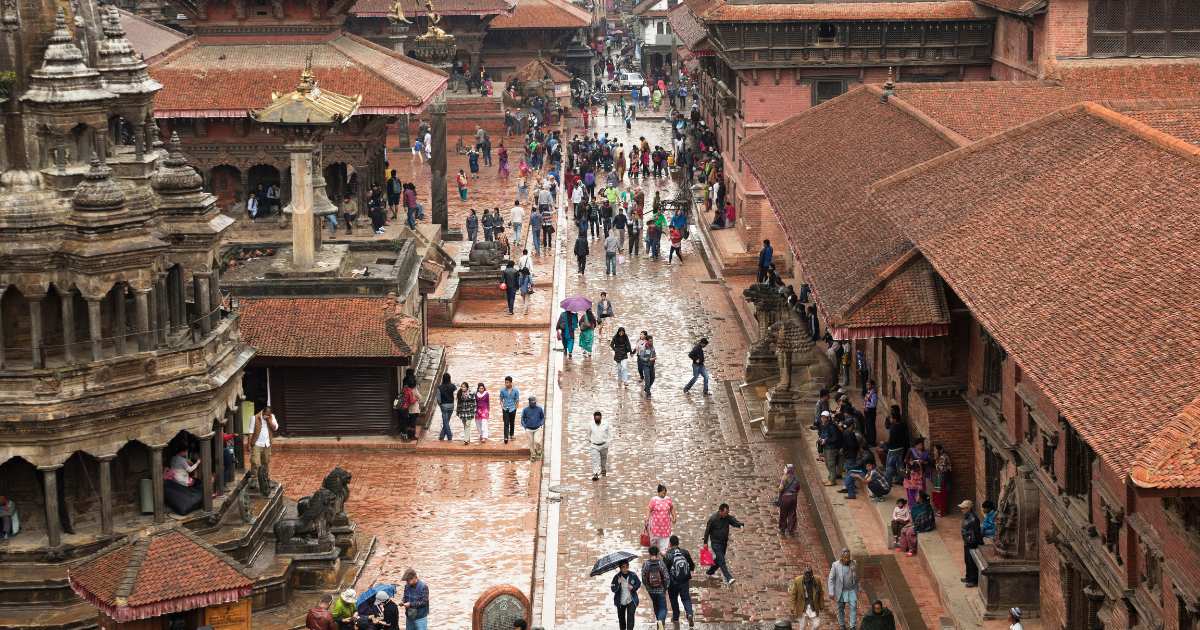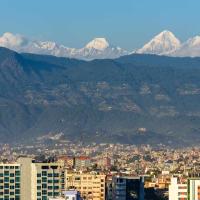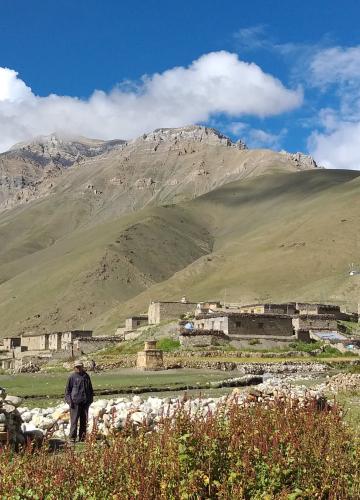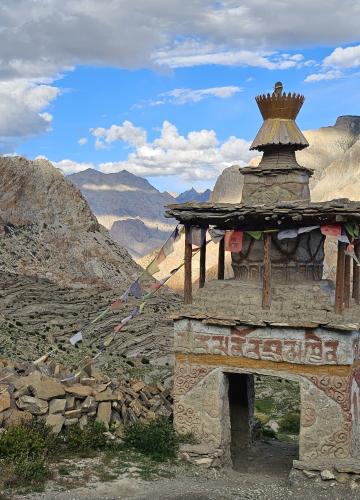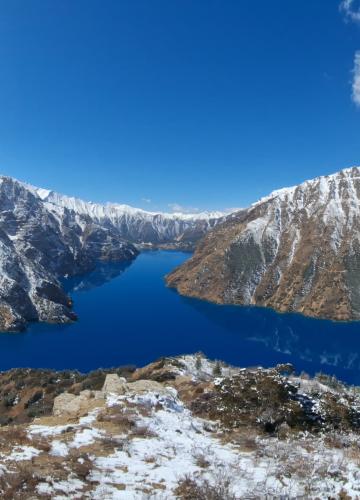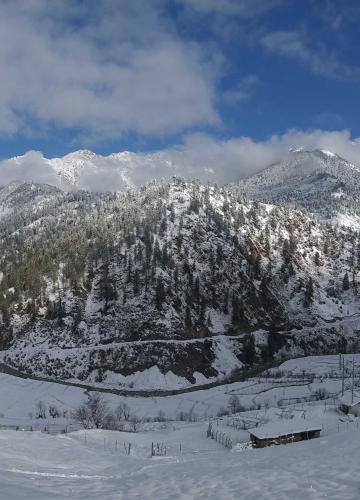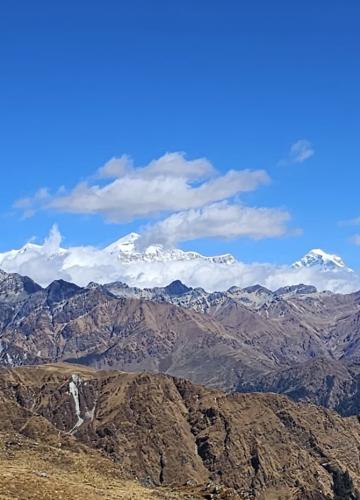Kathmandu Valley Sightseeing is the perfect solution to experience the richness of Nepal's culture, history, and religion within a day. The tour will take you to one of the most famous UNESCO World Heritage Sites, where you will be able to witness centuries-old temples, grand palaces, and sacred stupas which symbolize centuries of tradition.
Kathmandu Valley is not just a city—it’s a living museum of art and architecture, where every corner has a story to tell. From the spiritual atmosphere of Swayambhunath Stupa (Monkey Temple) to the royal history of Kathmandu Durbar Square, you’ll get a glimpse into Nepal’s fascinating past. You’ll also visit Pashupatinath Temple, one of the holiest Hindu shrines, and Boudhanath Stupa, a sacred Buddhist site that attracts monks and devotees from all over the world.
Kathmandu Valley Sightseeing Attractions
Some of the key attraction of Kathmandu valley sightseeing are its UNESCO listed world heritages:
Swayambhunath Stupa (Monkey Temple)
Swayambhunath Stupa also known as the Monkey Temple, is one of the most ancient and most sacred religious temples in Nepal. Situated atop a hill, it offers exquisite panoramic views of Kathmandu Valley. The stupa is considered sacred by both Buddhists and Hindus, and its history dates back over 2,500 years.
The name "Swayambhu" means "self-existent," based on the belief that the stupa appeared naturally on the hill. The all-seeing eyes of Buddha painted on the stupa symbolize wisdom and awareness. Prayer flags flutter in the wind while spinning prayer wheels echo Buddhist chants.
Kathmandu Durbar Square
Kathmandu Durbar Square has the advantage of being culturally and historically rich. It was a kings' palace of the Shah and Malla dynasty earlier. Medieval temples, wooden buildings with beautiful carvings, and samples of traditional courtyards surround the square and present Newari architecture in its finest form.
This square was once the center of power for Nepalese kings and remains an important location for festivals, religious ceremonies, and cultural festivals. Though parts of it were damaged during the 2015 earthquake, it is still being restored to preserve its heritage.
Pashupatinath Temple
The most important Hindu temple in Nepal is the Pashupatinath Temple. It is devoted to Lord Shiva. Situated beside the Bagmati River, it is one of the holiest Hindu places and a popular pilgrimage destination, particularly during Maha Shivaratri, when lakhs of devotees congregate.
This temple complex dates back to the 5th century, though the current pagoda-style structure was built in the 17th century. The central temple is for Hindus only, but visitors are allowed to view its golden roof, exquisite wood carvings, and enormous silver doors from outside.
The most striking aspect of Pashupatinath is the Arya Ghat, where Hindu cremations take place on the river banks. Viewing the last rites provides a deep insight into Hindu concepts concerning life, death, and reincarnation. The temple complex also includes holy men (sadhus), who live their whole lives in the practice of spirituality.
Boudhanath Stupa
Boudhanath is one of the holiest and largest Buddhist stupas in the world that also happens to be a center for Tibetan Buddhism in Nepal.Built in the 14th century, it represents peace, harmony, and enlightenment. The giant white dome represents the universe, and the golden spire and Buddha's all-seeing eyes look over the environment.
Boudhanath is a bustling neighborhood filled with monasteries, prayer wheels, and Tibetan prayer flags. Pilgrims and tourists walk around the stupa in a clockwise direction, rotating prayer wheels while chanting "Om Mani Padme Hum." The surrounding streets of the stupa are famous for Tibetan culture, Buddhist teachings, and traditional handicrafts.
During festivals like Losar (Tibetan New Year) and Buddha Jayanti, Boudhanath is even more colorful with prayers, lamps, and religious ceremonies.
Patan Durbar Square
Patan Durbar Square, which is a beautiful place in Lalitpur, celebrates Newari craft, art, and old metalwork, whereas in contrast to Kathmandu Durbar Square that denote the representative council of governance, Patan Durbar Square questions the Nepali culture, religion, and art fervor.
Key attractions in Patan Durbar Square include:
Krishna Mandir – A stone temple dedicated to Lord Krishna, known for its intricate carvings depicting scenes from Hindu epics.
Patan Museum – A beautifully restored museum displaying ancient sculptures, religious artifacts, and architectural history.
Hiranya Varna Mahavihar (Golden Temple) – A Buddhist monastery with golden decorations and prayer wheels.
